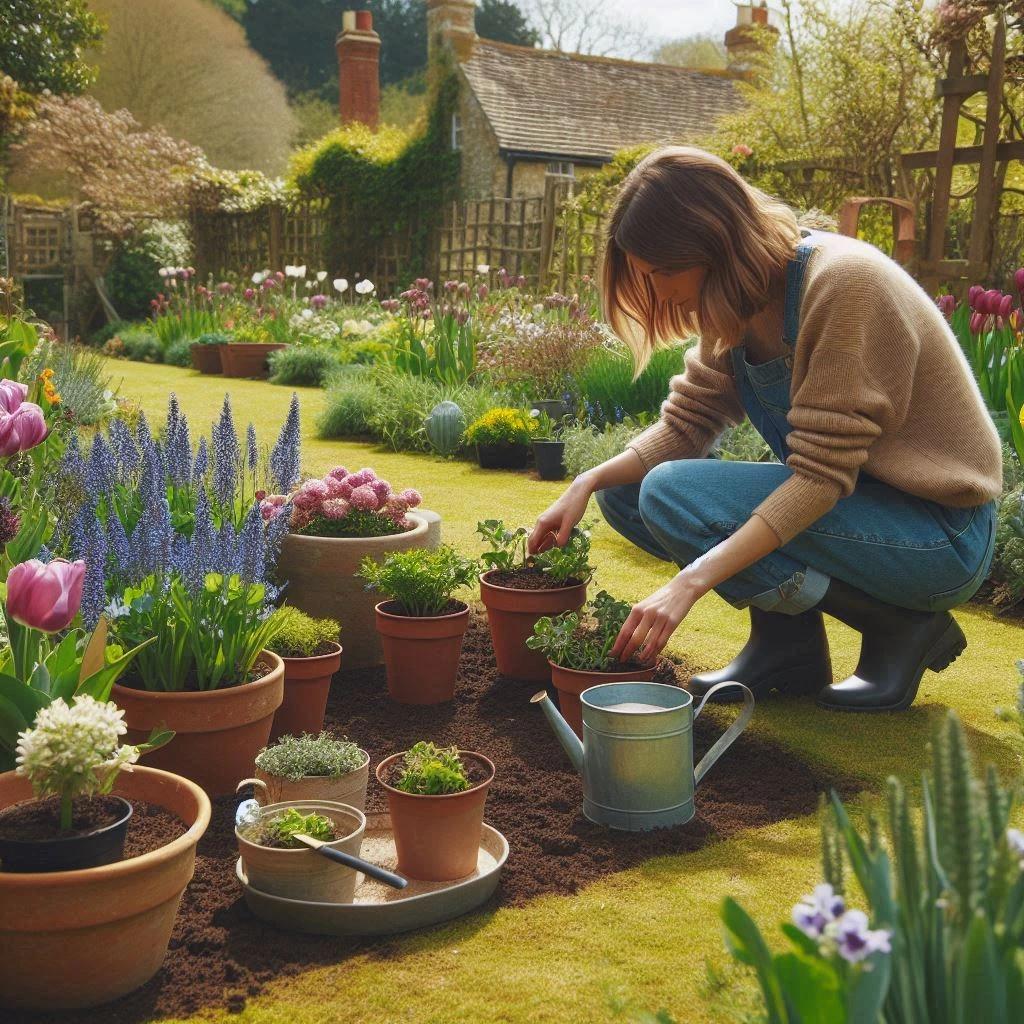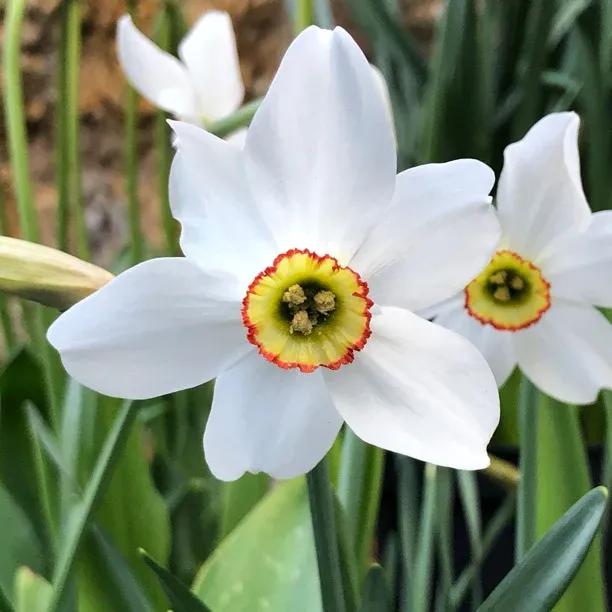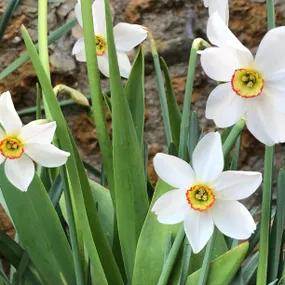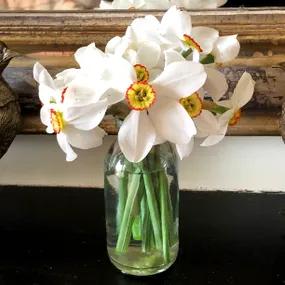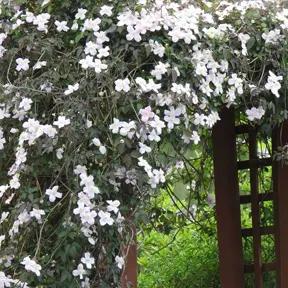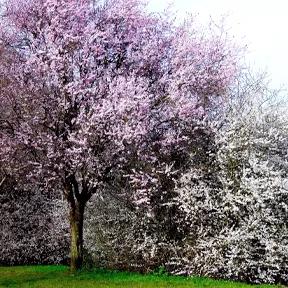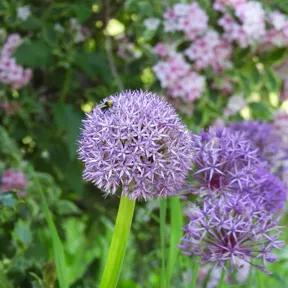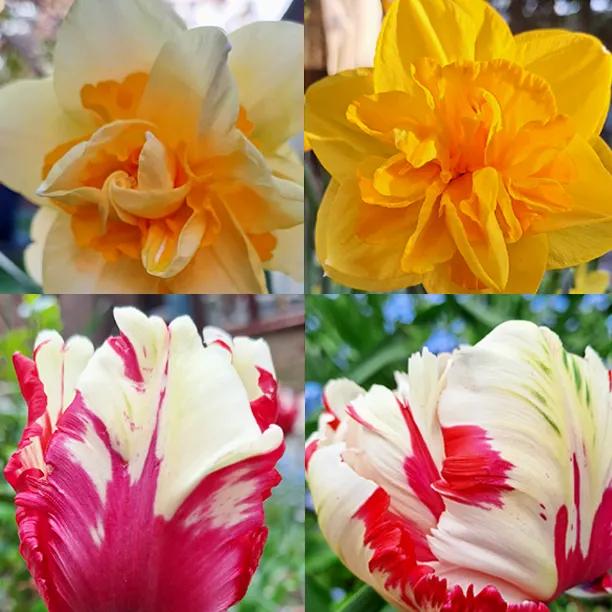Old Pheasant's Eye Daffodil Bulbs
- Group 13: Wild Species
- Colour: white with yellow and red coronas
- Height: 35cm
- Scent: strong
- Flowering: April-May
- Planting Depth: 10-15cm
- Planting Months: September to November
- RHS Award of Garden Merit
Recommended extras
Description
Narcissus Poeticus recurvus Bulbs
Pots stuffed to bursting with pheasant's eye daffodils are a joy to behold in spring. The stems are tall and lean, topped with single flowers of pure white. At the centre of each is a corona of warm sherbet yellow, with a fiery carmine-red rim. The petals are gently swept back, framing the corona to dramatic effect. The deliciously spicy scent makes it a great choice for cutting and bringing indoors for vases, where it will fill a room with its fragrance, so plant plenty of them, and why not mix them up with some of our other varieties?
It holds the RHS Award of Garden Merit, the sought-after stamp of approval for reliability and great performance.
Well versed in companionship
There are many ways to plant this versatile daffodil.
Fill large pots or window boxes with bulbs, packing them in a bit tighter than usual for impact, and threading in sky blue muscari, or grape hyacinths, or another late yellow daffodil such as Hawera. Combining with an early red tulip such as Aladdin Lily will pick up the colour on this daffodil's central corona beautifully.
These same combinations will also work well towards the front of beds and borders. You could underplant it with Euphorbia palustris: the euphorbia's zingy acid green sets off the yellow eye of Poeticus beautifully.
It's also a wonderful daffodil for naturalising in a lawn, meadow or orchard setting, either alone or with other late-flowering daffodils. If you're doing this, be bold and brave, and plant in big, generous swathes for a breathtaking display.
Features
- Group 13: Wild Species
- Colour: white with stout yellow and red coronas
- Height: 35cm
- Scent: strong
- Flowering: April-May
- Planting Depth: 10-15cm
- Planting Months: September to November
- RHS Award of Garden Merit
A rich history
Narcissus poeticus was one of the first daffodils to be cultivated, and it was described by Carl Linaeus in his Species Plantarum in 1753. It's a native of central and Southern Europe, and is cultivated in the Netherlands and France for its essential oils, used in perfumes; the scent is reminiscent of jasmine and hyacinth.
Planting Instructions
Plant daffodils in borders and containers. They can also be naturalised, and perform best with a little garden compost or leaf mould dug through before planting.
The main requirement is decent drainage and a sunny or lightly shaded spot.
Space them about 10cm apart when planting. The planting hole should be about three times deeper than the bulb is tall. The pointy end is the top.
Water in dry spring weather, as late flowering daffs may not flower if they are too dry. The spent flowerheads can be snapped off, but allow the foliage to die back naturally before removing.
By all means apply a high potash fertiliser during the growing season to help bulk up the bulb for next year. Lift and divide clumps of daffodils if flowering is poor.
b b
It's Spring Planting Season 2025
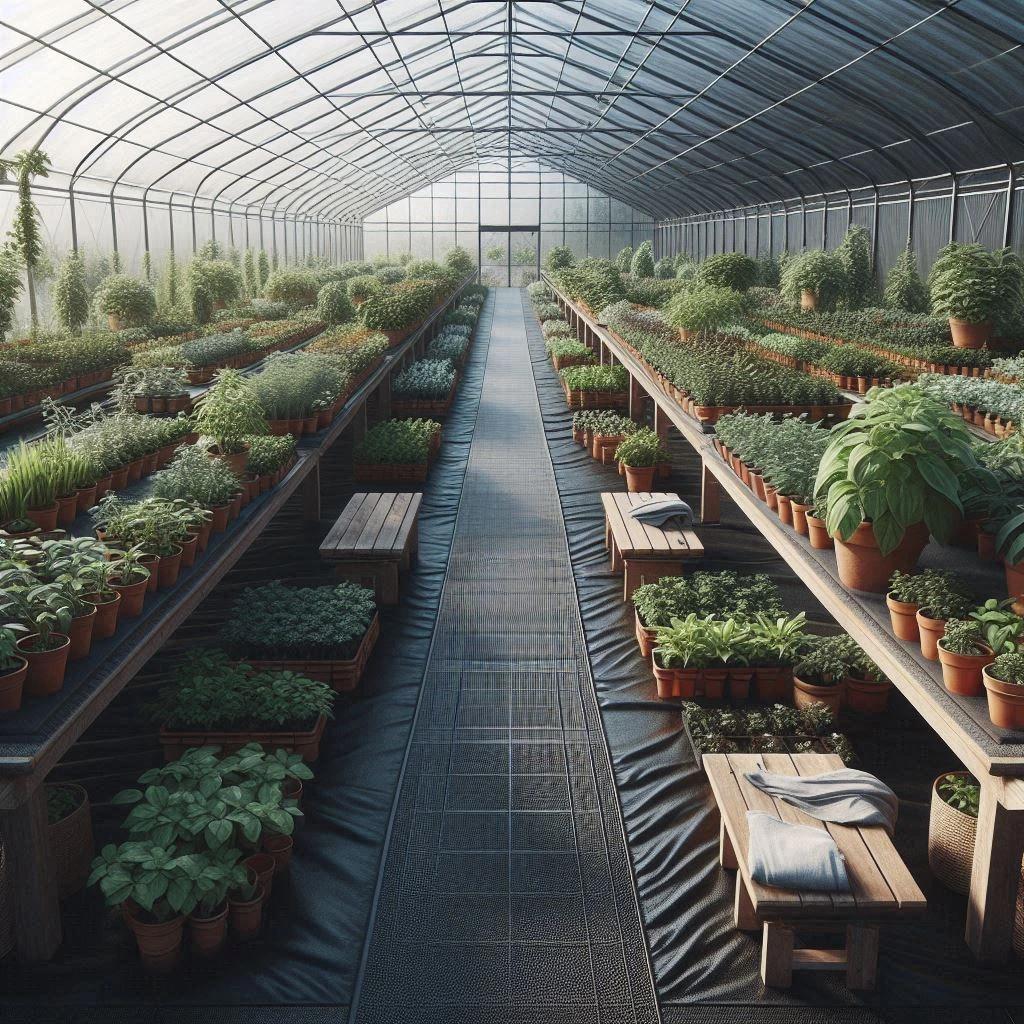
Pot Grown & Plug Plants Delivered
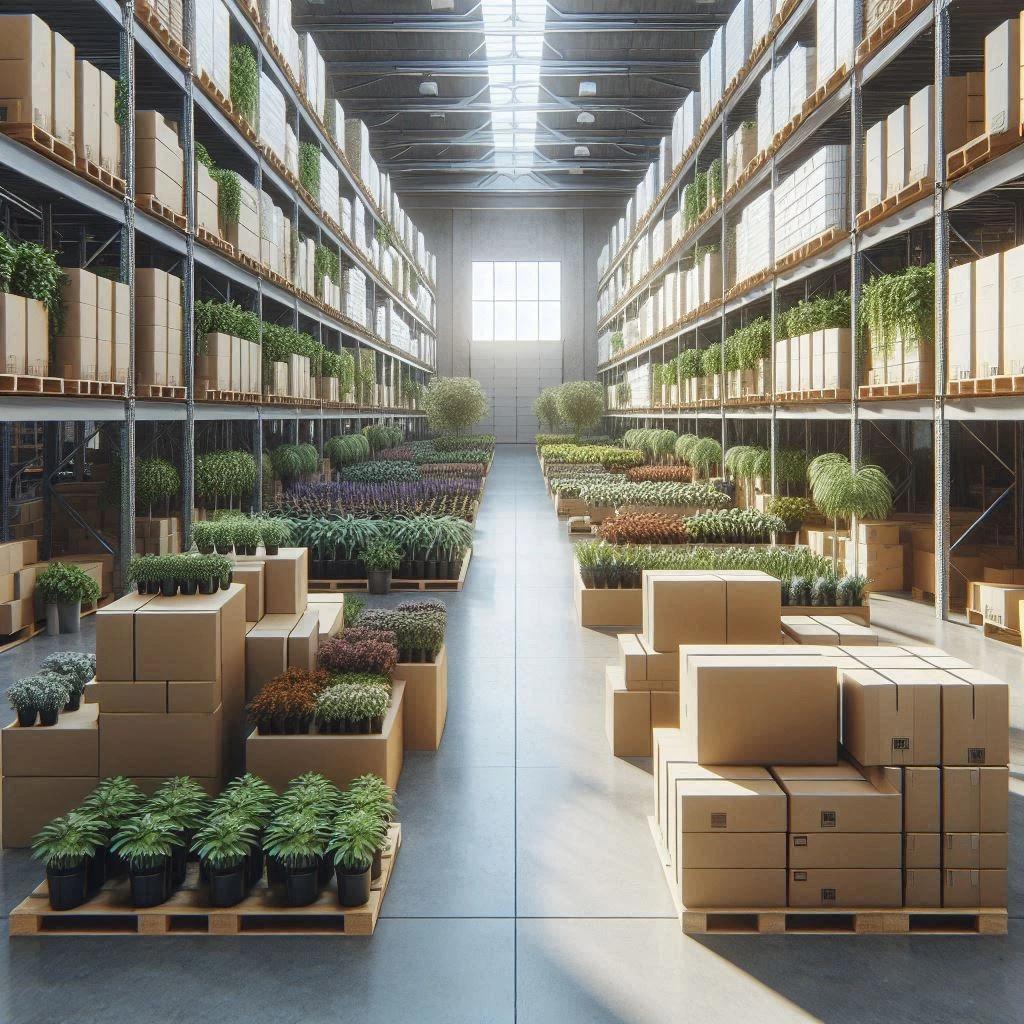
Direct from the Nursery Value

No more broken plants in the post!
